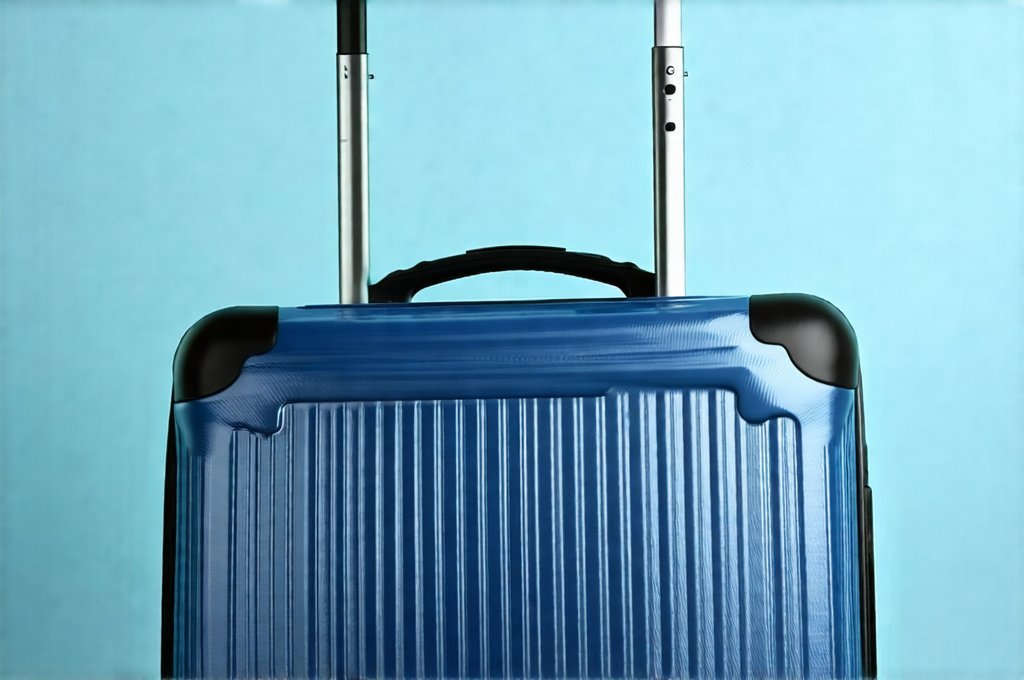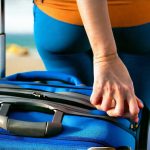Traveling is often associated with freedom, adventure, and creating lasting memories. However, for individuals living with bladder sensitivity – whether due to conditions like interstitial cystitis (IC), overactive bladder (OAB), or simply heightened awareness – the prospect of travel can trigger anxiety and careful planning. The uncertainty of restroom access, dietary changes, and disruptions to routine can quickly turn an exciting trip into a stressful ordeal. This article aims to empower travelers with practical tips and strategies to navigate these challenges, ensuring that bladder sensitivity doesn’t limit their wanderlust. It’s about reclaiming the joy of exploration while prioritizing comfort and well-being.
Successfully managing bladder sensitivity during travel isn’t about eliminating risk entirely; it’s about mitigating it through thoughtful preparation and proactive measures. This means understanding your personal triggers, packing appropriately, planning routes with restroom accessibility in mind, and being prepared to advocate for your needs. It also involves a degree of flexibility and self-compassion. Unexpected situations will arise, and the ability to adapt without undue stress is crucial. Remember that prioritizing your health isn’t selfish; it’s essential for enjoying your travels to the fullest extent possible. If you are traveling with bladder issues, consider reviewing safe travel tips before departing on your journey.
Planning & Preparation: Your Foundation for Success
The cornerstone of a successful trip with bladder sensitivity lies in meticulous planning. This begins well before departure, starting with researching destinations and transportation options. Consider factors beyond just scenic beauty or affordability – think about restroom availability, climate (as extreme temperatures can sometimes aggravate bladder symptoms), and the potential for dietary restrictions. Thorough research allows you to anticipate challenges and develop strategies to address them proactively. Don’t underestimate the power of knowing what to expect.
Packing strategically is also paramount. This isn’t just about clothing; it’s about building a “bladder health kit.” Essential items include: – Medications (if prescribed), with extra in case of loss or delay- Wet wipes for quick cleanup and hygiene- Travel-sized bladder soothing products, such as AZO Urinary Tract Defense (consult your healthcare provider)- Comfortable, breathable underwear (avoid tight fabrics)- A change of clothes, including underwear, in your carry-on bag, just in case of accidents – A portable bidet or travel spray for added freshness.
Finally, map out potential restroom stops along your route – whether driving or using public transportation. Apps like SitOrSquat can be incredibly helpful for identifying accessible facilities. For air travel, contact the airline beforehand to inquire about onboard restrooms and accessibility options. Preparing mentally is just as crucial; visualize a smooth journey and remind yourself that you have strategies in place to manage any discomfort. If you are planning an outdoor adventure, review tips for hiking safely with urological issues.
Dietary Considerations & Staying Hydrated
Diet plays a significant role in managing bladder sensitivity, and travel often disrupts normal eating patterns. Before your trip, identify foods and beverages that typically trigger your symptoms – common culprits include caffeine, alcohol, citrus fruits, spicy foods, artificial sweeteners, and carbonated drinks. While on the road, be mindful of these triggers and make informed choices whenever possible. This may mean packing snacks to avoid impulsive decisions or opting for plain foods when dining out.
Staying adequately hydrated is also vital, but finding the right balance can be tricky. Dehydration concentrates urine, potentially irritating the bladder, while excessive fluid intake increases urgency. The key is to sip water consistently throughout the day, rather than drinking large amounts at once. Aim for a steady, moderate intake based on your individual needs and tolerance levels. Consider electrolyte-rich beverages, especially in hot climates or during physical activity, to replenish fluids lost through sweat. Avoid diuretics like coffee and alcohol if they are known triggers for you.
Navigating Restroom Access & Emergencies
One of the biggest anxieties for travelers with bladder sensitivity is finding accessible restrooms when needed. Public restrooms can be unpredictable – cleanliness, accessibility, and even availability can vary greatly. When planning your journey, proactively identify potential restroom locations along your route using apps or online resources. Don’t hesitate to ask staff at hotels, restaurants, or attractions about restroom facilities.
If you experience a sudden urge while traveling, don’t panic. Take deep breaths, practice pelvic floor exercises (if appropriate and advised by your healthcare provider), and try to remain calm. If possible, pull over safely or seek out the nearest restroom. It’s also wise to inform travel companions about your condition so they can offer support if needed. Carry a small, discreet emergency kit with wet wipes and a change of underwear for added peace of mind.
Managing Stress & Anxiety
Travel itself can be stressful, and stress is known to exacerbate bladder symptoms. Before, during, and after your trip, prioritize stress-reducing activities. This might include deep breathing exercises, meditation, yoga, or simply listening to calming music. Allow plenty of time for each leg of your journey to avoid rushing and feeling overwhelmed.
Don’t be afraid to adjust your plans if you’re feeling anxious or fatigued. It’s okay to take breaks, skip an activity, or even change destinations if it means prioritizing your well-being. Remember that a relaxing vacation should be enjoyable, not a source of stress. Consider journaling about your experiences; writing down your thoughts and feelings can help process emotions and identify potential triggers. If you struggle with bladder sensitivity, consider cold avoidance tips to help manage symptoms.
Advocating for Your Needs
Finally, don’t hesitate to advocate for your needs when traveling. If you require accommodations or assistance, speak up politely but firmly. Whether it’s requesting a seat near the restroom on an airplane or asking for allergen-free options at a restaurant, communicating your requirements is essential. Many travel providers are happy to accommodate passengers with special needs – they just need to be aware of them.
Remember that you deserve to enjoy your travels without compromising your health and comfort. By planning ahead, being prepared, and advocating for yourself, you can confidently explore the world while managing bladder sensitivity effectively. The key is to approach travel not as a potential source of anxiety, but as an opportunity for adventure – one that you are empowered to navigate with confidence and grace. If you struggle with these issues, tips for women can provide valuable guidance.





















